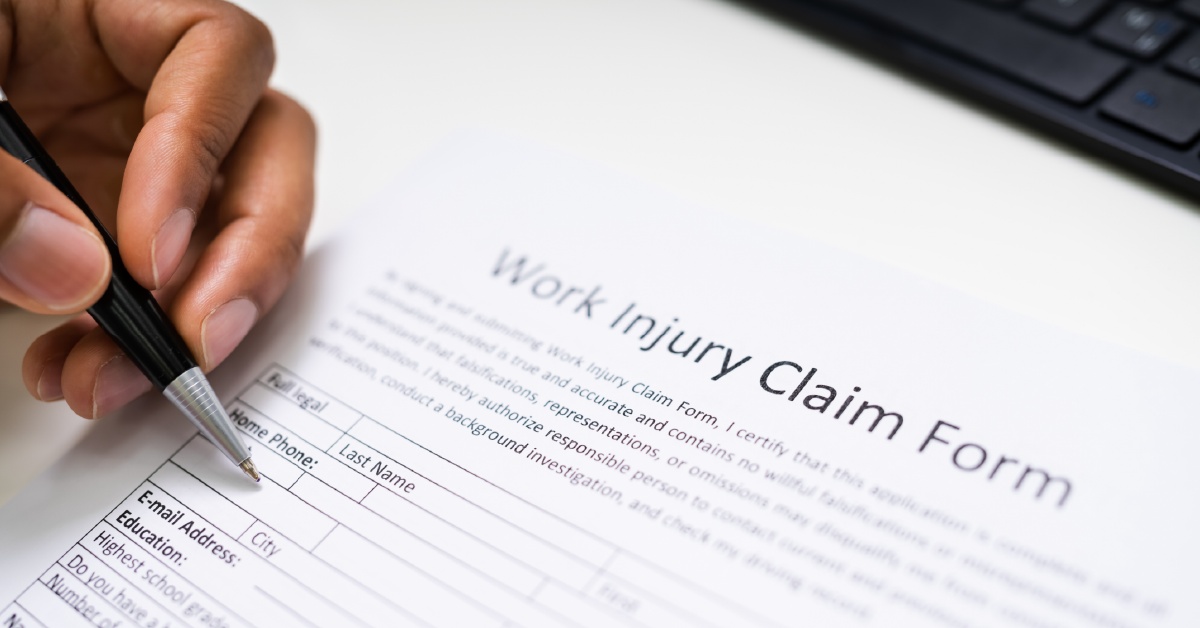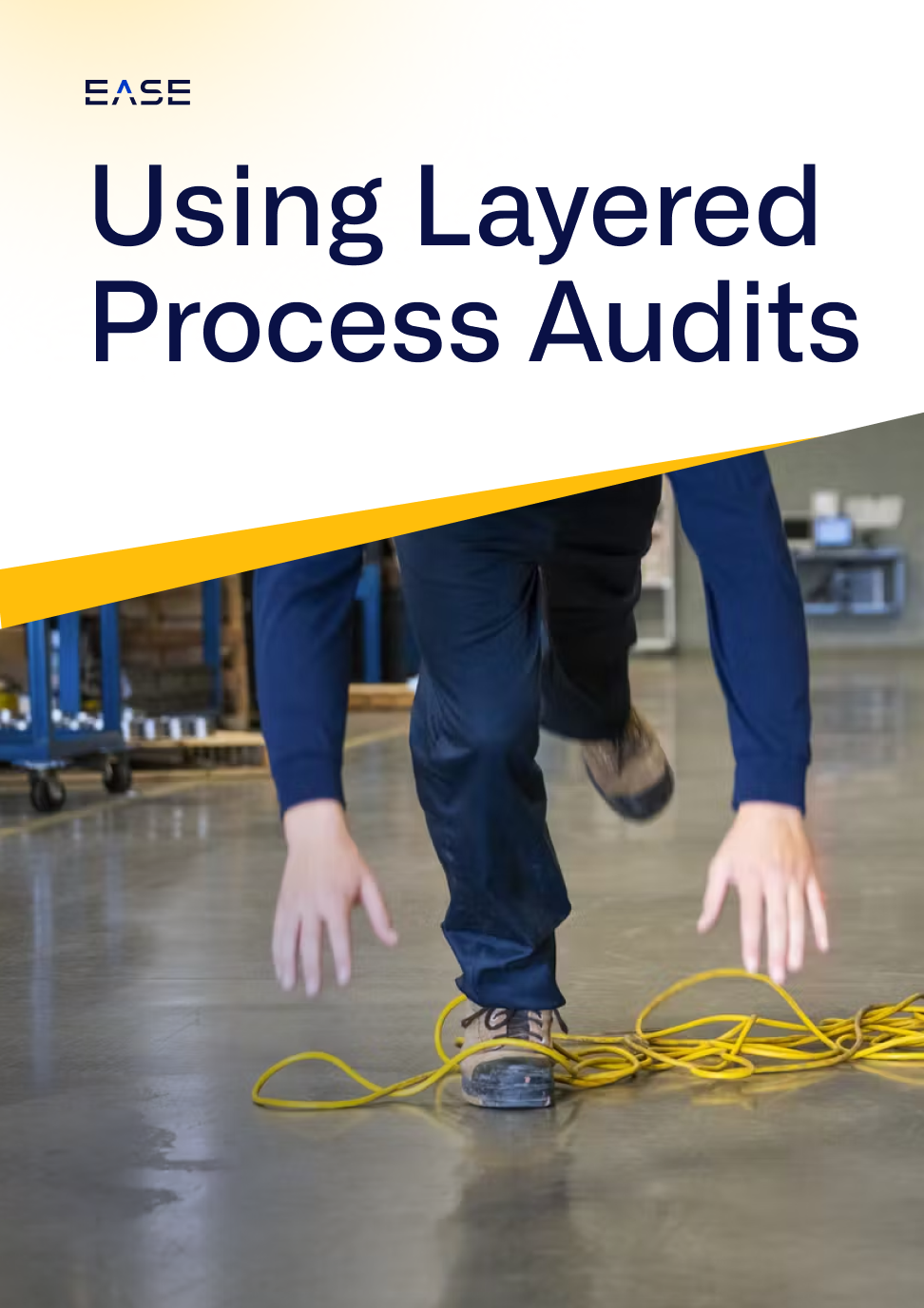Workers' Comp Trends Highlight Need for Plant Floor Checks

Workers’ compensation claims are up among first-year employees, according to a recent survey by Selective Insurance highlighted in EHS Today. Survey data shows that first-year employees represented 42 percent of workers’ compensation claims in 2021, compared with 31 percent in 2011.
With the Great Resignation in full swing, this trend is only likely to increase as new workers take up an increasing proportion of the workforce. And while it may not come as a surprise that newer workers are more likely to be injured on the job, the data reveals that companies need to do a better job at supporting these workers.
Today’s post examines how frequent checks of known safety issues, getting more eyes on high-risk processes while building a culture of engagement, can help keep not just first-year employees, but all team members, safer.
Watch our free webinar on Why 2022 Is the Year to Take Safety Inspections Digital
Digging Into the Data
There’s no question that workplace safety has made great strides over the past decade. At the same time, the survey data shows that people are getting injured earlier in their tenure. In manufacturing, for example, the average time to a reported workplace injury was a full 1.3 years earlier compared with 2011 data.
Analysis showed the top manufacturing injuries were:
- Strain injuries (27.2%)
- Cut, puncture or scrape injuries (18.6%)
- Struck or injured by injuries (16.4%)
Paul Kush, Executive Vice President and Chief Claims Officer at Selective Insurance, emphasizes employee training and safety management as key to addressing these workplace injury trends.
“With labor shortages and the challenging hiring environment, tenured employees may be taking on additional responsibilities which is why workplace injury prevention strategies to help employees stay safe should be top-of-mind for businesses,” he says.
Making Safety a Daily Habit
Plant floor safety checks are a central part of safety management, including verifying training effectiveness and managing known safety hazards such as musculoskeletal and machine-related injuries. They serve as a key step in the Plan-Do-Check-Act process, allowing companies to verify that safety protocols are actually being followed to prevent injuries. For new employees, or ones who may be taking on new responsibilities, these checks are a critical form of support.
The important thing to note here is that frequency matters. A plant that collects data on safety checks at the start of each shift is more likely to catch problems than one that only does a daily (or less frequent) safety walk-through. In fact, many companies now incorporate safety questions into their layered process audits, a high-frequency auditing strategy that reduces risk through shift-level checks performed by multiple levels of management.
Increasing the frequency of safety checks also has another important benefit in terms of building a culture of safety. With greater participation across the workforce, manufacturers get more eyes (and new perspectives) on high-risk processes and generate more conversations about safety. Ultimately, it makes safety part of what people do every single day—the very foundation of safety culture.
Going Digital to Get More from Plant Floor Safety Checks
Like many safety management processes, manual processes such as pen and paper and spreadsheets can only get companies so far. In contrast, plants that use a digital safety inspection platform are better equipped to address risks in a timely, systematic manner.
A digital platform like EASE solves many of the problems of traditional safety checks by allowing companies to:
- Automatically schedule inspections and send email reminders to auditors
- Rotate and randomize safety inspection questions based on risks specific to each work area, for example in processes where ergonomic safety has been an issue
- Get instant visibility into plant floor safety performance and failures by work area
- Record on-the-spot mitigations and assign action items to responsible parties
- Escalate safety failures to management to keep leadership in the loop
For many companies, mobile safety inspection software is also a good starting point for digital transformation, generating actionable data in a short amount of time compared with more complex projects.
Having face-to-face conversations with employees is crucial to safety, and it’s especially true for new employees who have less experience with your plant’s processes. Increasing the frequency of checks helps identify more hazards, whether it’s with questions to identify slip, trip and fall risks or to verify that operators are following ergonomic safety procedures.
More than that, however, it creates a culture of engagement and accountability, one where management’s visible presence communicates that the company truly values safety.
